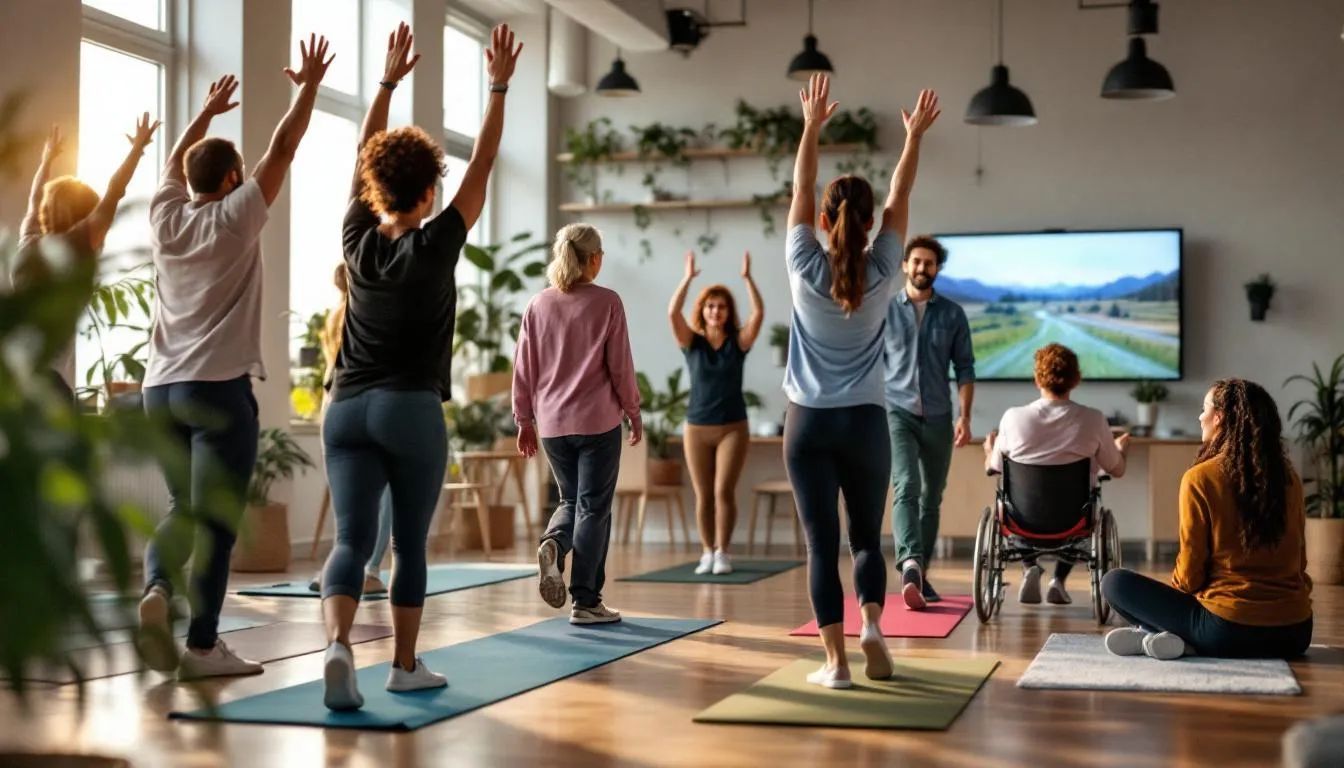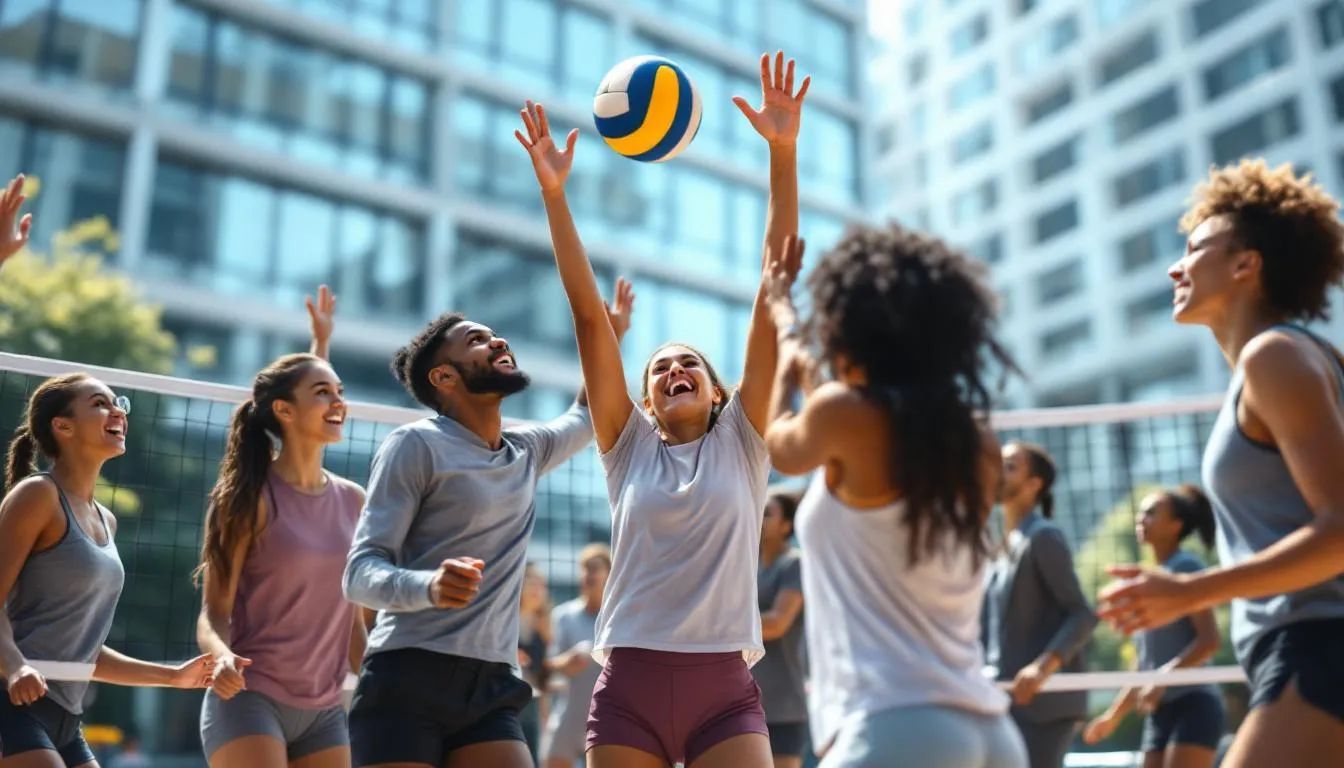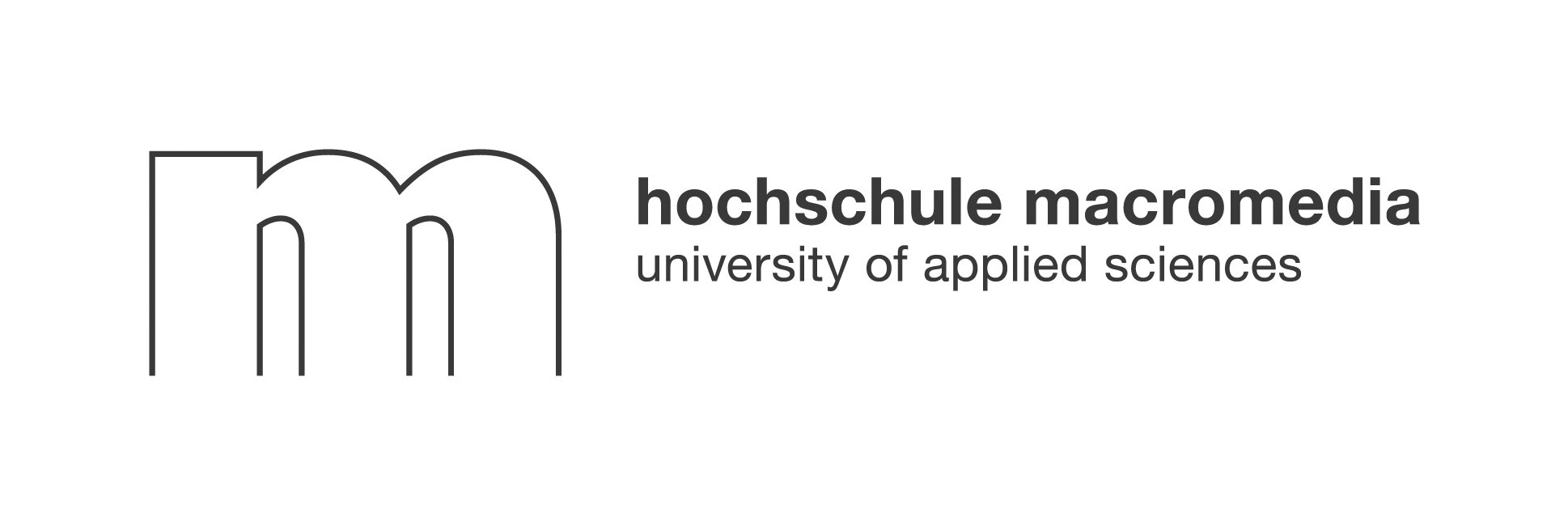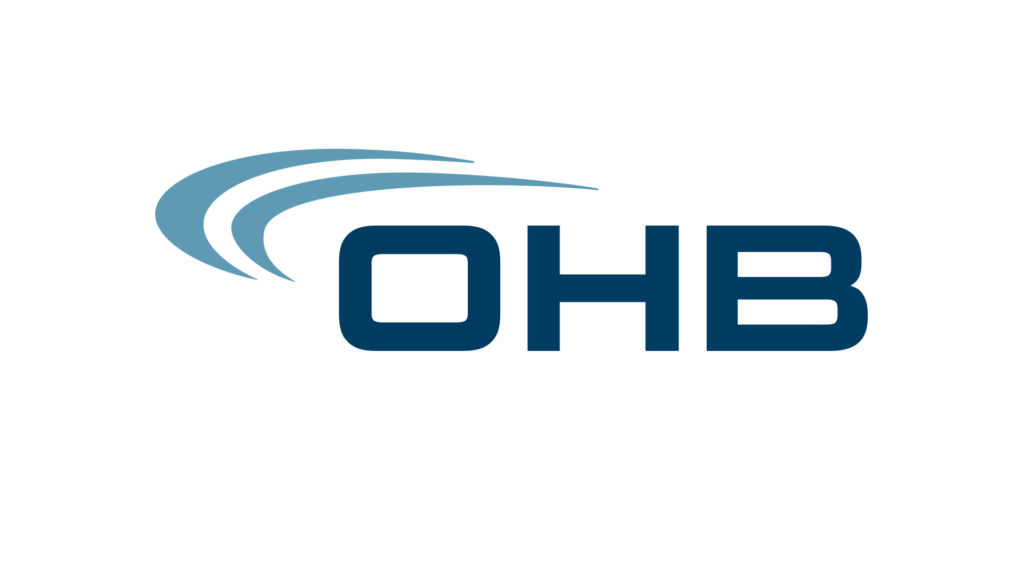1. Why Employee Sports Matter in 2025's Workplace
In 2025, the world of work is more complex than ever. Hybrid offices, digital overload, and rising stress make employee well-being a top concern for organizations of all sizes. At the same time, the competition for talent is fierce, with companies vying to attract and retain employees who now expect more than just a paycheck—they want holistic support, meaningful connections, and a sense of belonging. This is where employee sports come into play, offering a proven way to boost morale, health, and teamwork.
The primary keyword, employee sports, is not just a buzzword; it’s a strategic lever for organizations seeking to enhance both wellness and performance. Gone are the days when a yearly softball game or a dusty ping-pong table sufficed. Today’s workforce craves dynamic, accessible, and inclusive experiences that fit their lifestyles—whether they’re in the office, at home, or somewhere in between.
Employee expectations around wellness have shifted dramatically. According to research from the CDC and Harvard Business Review, employees want activities that support their physical and mental health, help manage stress, and foster genuine relationships. Traditional approaches often fall short, especially in hybrid settings where participation barriers and lack of personalization lead to disengagement. This is driving the rise of innovative employee sports programs that leverage technology, data, and AI to create truly engaging experiences.
"Sports can help promote employee engagement. Employee engagement involves creating an environment in which workers can give their 100% every workday."
— Onrec.com, The Importance of Sports and Wellness to Employees
2. Eight Research-Backed Benefits of Playing Sports at Work

The impact of employee sports extends far beyond the playing field. Here are eight evidence-backed benefits that organizations can expect when they invest in modern employee sports programs:
- Measurable Physical Health Gains
Regular participation in sports reduces the risk of chronic diseases, improves cardiovascular health, and helps combat the sedentary lifestyle common in office jobs. According to the World Health Organization, nearly two billion adults were overweight in 2016, highlighting the urgent need for workplace initiatives that encourage movement. - Mental Well-Being and Lower Burnout Rates
Physical activity releases endorphins, which help reduce stress and improve mood. Employees who engage in sports report lower burnout and higher job satisfaction. As Mayo Clinic notes, exercise is a powerful tool for managing stress and boosting overall mental health. - Bonding, Belonging, and Stronger Culture
Team sports foster camaraderie, break down departmental silos, and help new hires integrate. In fact, 87% of surveyed employees say that sports and exercise make it easier to settle into a new company. - Enhanced Communication Skills
Sports require clear communication and collaboration, skills that translate directly to the workplace. Employees learn to listen, provide feedback, and work toward common goals. - Improved Judgment and Decision-Making
On the field, quick decisions are crucial. This sharpens employees’ judgment, helping them become more resourceful and adaptable at work. - Promotion of Self-Discipline
Sports teach rules, routines, and consistency—qualities that drive professional success. - Lessons from Failure and Resilience
Not every game is a win. Sports encourage learning from setbacks, building resilience that’s invaluable in business. - Fun and Motivation
Employee sports inject fun into the workweek, making employees happier and more motivated. A Cigna Global survey found that 94% of employees who do sports at work are happy.
"Some teams don't know each other when they arrive, and we had one team who said they arrived as strangers and left as friends."
— Doug White, UK Corporate Games Director
3. Designing an Inclusive Employee Sports Program
To unlock these benefits, companies must design employee sports programs that are inclusive, accessible, and safe. Here’s how to get started:
Assessing Interests and Fitness Levels
Begin by surveying employees to understand their interests, fitness levels, and preferred activities. This ensures that programs are relevant and engaging for everyone, not just the athletically inclined.
Choosing Activities for Every Ability
Offer a range of activities—think walking groups, yoga, cycling, and virtual fitness challenges. The goal is to create opportunities for all fitness levels and abilities, making participation easy and enjoyable.
Safety, Liability, and Risk Management Basics
Establish clear safety guidelines, provide necessary equipment, and educate participants on injury prevention. Make sure your program aligns with health and safety regulations, and consult with legal or HR teams to manage liability.
Table: Key Elements of an Inclusive Employee Sports Program
4. From Lunch-Break Leagues to Company Olympics: Inspiring Formats
Modern employee sports programs come in many shapes and sizes. The most successful formats are those that lower barriers and spark ongoing participation:
Casual Pick-Up Sessions That Lower the Entry Barrier
Informal, drop-in sessions—like lunchtime walks or after-work basketball—make it easy for anyone to join without pressure or commitment. These sessions are especially effective in hybrid environments when paired with digital coordination tools.
Seasonal Intramural Leagues for Ongoing Engagement
Organize leagues that run over several weeks, allowing teams from different departments or locations to compete. Friendly competition builds anticipation and keeps engagement high.
One-Day Charity Tournaments That Boost CSR
Host tournaments tied to social causes, such as charity runs or company-wide sports days. These events not only promote wellness but also strengthen your organization’s social impact.
Bullet List: Inspiring Employee Sports Formats
- Virtual fitness challenges (e.g., step count competitions)
- Micro-events for small groups (3-4 participants)
- Company-wide Olympics with hybrid participation
- Themed charity tournaments supporting local causes
"Annual sports meetings, tournaments, and team-building activities not only recognise achievements but also promote camaraderie and enthusiasm."
— Move Sports, Employee Wellness Programs in Sports
5. Securing Leadership Buy-In and Budget for Sports Initiatives
Convincing leadership to invest in employee sports requires a clear, data-driven business case:
Building a Data-Driven Business Case
Highlight the measurable ROI: reduced absenteeism, lower healthcare costs, increased productivity, and improved retention. Reference reputable sources, such as the CDC’s findings on workplace wellness and Cigna’s research on engagement.
Aligning Sports with Company Mission and Values
Tie your sports initiatives to broader company goals, such as diversity, inclusion, and social responsibility. Position employee sports as a key pillar of your employer brand.
Ordered List: Steps to Secure Leadership Buy-In
- Gather data on employee health, engagement, and turnover.
- Benchmark against industry best practices.
- Present case studies and pilot program outcomes.
- Link sports initiatives to company values and mission.
- Propose a phased rollout with clear KPIs and feedback loops.
6. Measuring Success: KPIs for Employee Sports Initiatives

Tracking the right metrics ensures your employee sports program delivers real value. Consider these key performance indicators:
Participation, Engagement, and Satisfaction Metrics
Monitor sign-up rates, attendance, and feedback from participants. Anonymous surveys can provide insight into satisfaction and suggestions for improvement.
Health Claims, Absenteeism, and Productivity Shifts
Analyze trends in health claims, sick days, and productivity before and after program implementation. Lower absenteeism and higher output are strong indicators of success.
Culture, Retention, and Employer-Brand Impact
Assess changes in employee retention, internal mobility, and external employer reputation. Positive shifts signal a healthy, engaged workplace culture.
KPIs to Track
- Number of active participants
- Frequency of event attendance
- Employee satisfaction scores
- Reduction in sick days
- Retention and internal mobility rates
"Wellness programs that encourage physical fitness and mental health support contribute to increased focus, better problem-solving abilities, and higher levels of energy."
— Move Sports
7. Future Trends: Tech, Remote Teams, and the Evolving Legal Landscape
As work evolves, so do employee sports programs. The future is digital, inclusive, and personalized.
Wearables, Apps, and Gamification
Fitness trackers, wellness apps, and gamified challenges are now central to corporate wellness solutions. These tools make it easy to track progress, set goals, and celebrate achievements.
Virtual Challenges for Distributed Staff
With remote and hybrid work here to stay, virtual fitness events—like step challenges or online yoga—ensure everyone can participate, no matter their location.
Employee Status, Insurance, and Compliance Updates
Legal frameworks are shifting, especially in the wake of new rulings around employee status in sports. Companies must stay informed about compliance, insurance, and data privacy, particularly when using digital platforms.
"One app that fits all: +60 trackable sports and wellness activities to fit any of your employees' needs, anytime, anywhere."
— United Heroes
How Neroia Is Revolutionizing Employee Sports in the Hybrid Era
While traditional employee sports programs offer clear benefits, they often struggle to deliver real engagement in today’s hybrid workplaces. Common pitfalls include inaccessible formats, low ongoing participation, and a disconnect between remote and onsite staff. Neroia is changing the game by leveraging artificial intelligence to create vibrant, tech-enhanced employee sports experiences that break down silos and foster authentic connections.
The Problem with Traditional Employee Sports Programs
Most company-organized sports initiatives were designed for a pre-hybrid world. They typically:
- Rely on large, in-person gatherings that exclude remote staff.
- Require manual planning, which leads to scheduling conflicts and low turnout.
- Offer generic activities that may not appeal to everyone.
- Struggle to sustain engagement beyond the initial launch.
As a result, participation drops off, and the intended benefits—well-being, collaboration, and culture—are never fully realized.
Neroia’s AI-Driven Fitness Engagement: Micro-Events That Work
Neroia’s vision is simple: help employees effortlessly discover and join small-group activities that fit their interests and schedules, wherever they work. By using AI-driven recommendations, Neroia curates micro-events—such as three- or four-person running groups, cycling meetups, or virtual fitness challenges—that are tailored to individual preferences and availability.
These micro-events are easier to coordinate, less intimidating for newcomers, and highly inclusive. Employees receive personalized invitations through Neroia’s secure platform, and can join with just a few clicks. The result? Higher participation, more authentic connections, and a truly employee-centric approach to wellness.
Integration with Wellness Tools and Analytics
Neroia’s platform seamlessly integrates with popular fitness apps and wearable trackers, allowing employees to sync their activity data and participate in gamified challenges. AI-powered analytics provide anonymized insights for HR teams, helping organizations track engagement, measure outcomes, and continuously improve their employee sports programs—all while protecting privacy.
For example, in an OHB pilot, Neroia’s AI orchestrated yoga micro-sessions and company runs, matching colleagues with similar interests and coordinating times that worked for everyone. Participants reported stronger connections, increased motivation, and a renewed sense of belonging.
Aligning with 2025 Trends: Virtual, Gamified, and Inclusive
Neroia’s approach is perfectly aligned with the latest trends in employee sports and corporate wellness solutions:
- Virtual Fitness Events: From online yoga to remote step challenges, Neroia ensures everyone can join in, regardless of location.
- Gamified Challenges: Leaderboards, badges, and friendly competition keep motivation high and engagement sustained.
- Inclusive Activities: With AI-curated micro-events, every employee—regardless of fitness level or background—can find something that fits.
This model replaces outdated, one-size-fits-all programs with dynamic, personalized experiences that truly resonate with today’s workforce.
"Neroia’s AI-driven platform enables employees to effortlessly discover activities they love, connect with coworkers, and build lasting relationships—all while supporting their well-being and performance."
Breaking Down Silos and Building a Vibrant Culture
By focusing on small-group, interest-based activities, Neroia breaks down departmental barriers and brings people together in new ways. Employees from different teams, locations, or backgrounds can meet, collaborate, and form authentic bonds. This not only enhances well-being and job satisfaction but also drives innovation and productivity across the organization.
Neroia’s commitment to privacy and employee-centricity ensures that every experience is tailored, secure, and focused on what matters most: helping people thrive at work.
Conclusion: The Future of Employee Sports Is Here
Employee sports are no longer a nice-to-have—they are a critical component of a thriving, high-performing workplace. In 2025, organizations that embrace innovative, AI-driven fitness engagement will set themselves apart as employers of choice.
Neroia is leading this transformation by making employee sports accessible, inclusive, and genuinely engaging for hybrid and remote teams. With AI-powered micro-events, seamless integration with wellness tools, and a focus on authentic connections, Neroia empowers organizations to foster well-being, collaboration, and lasting culture.
"With Neroia, organizations can unlock the full potential of employee sports—breaking down silos, boosting engagement, and building healthier, happier teams for the future of work."
For companies ready to revolutionize their employee sports programs, Neroia offers the most flexible, employee-centric, and tech-enhanced solution on the market.




